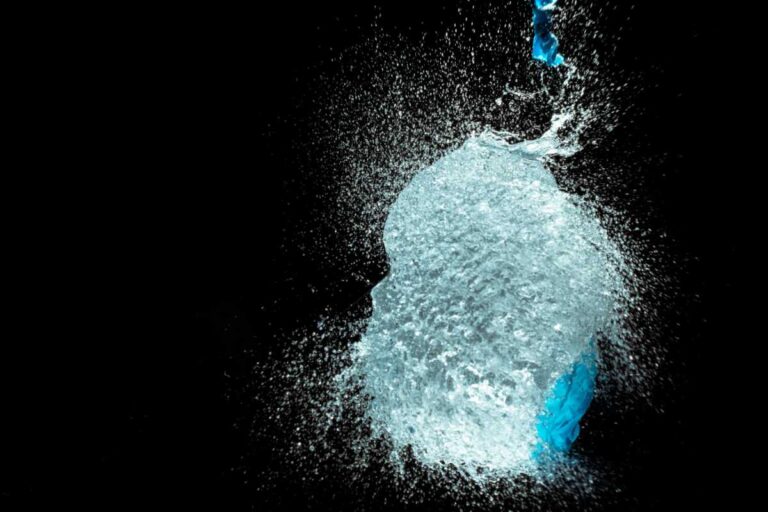Bipolar disorder is one of the less understood mental health conditions, and one of the more stigmatised. There are a lot of myths and mistruths about bipolar disorder that have become ingrained in the wider understanding of the disorder.
What is bipolar disorder?
As with depression and anxiety, bipolar is an umbrella term for a number of mental health conditions characterised by strong changes in mood and mental state over a short period of time. There are a number of types of bipolar disorder, including type I bipolar disorder, type II bipolar disorder and cyclothymic disorder.
These conditions differ in the intensity and duration of the manic and depressive phases, although treatment for the three are very similar. Research estimates between 2% and 4% of Australian adults experience bipolar disorder annually.
Bipolar Symptoms
Bipolar symptoms are largely characterised by the presence of manic or hypomanic phases, that last for a week or longer. These manic or hypomanic phases appear as persistent highly elevated moods. People with bipolar often make poor and irrational decisions during manic phases, which includes a lot of risky behaviour.
It’s not uncommon for someone in a manic or hypomanic state to spend a lot of money they can’t afford to spend, or to make poor sexual choices. Decisions are often made impulsively, with little regard for the consequences.
What causes bipolar disorder?
Although the causes of bipolar disorder are unknown, there is a strong familial pattern of inheritance, meaning there is likely to be a genetic basis. Stress, drug and alcohol abuse, and traumatic experiences, including childhood trauma, and known to trigger or exacerbate bipolar disorder.
Left untreated, bipolar disorder can have serious negative impacts on a person’s life. It can make it hard for them to keep a job or stay in school. It can also have impacts on life at home or socially. People with bipolar are also at 17 times greater risk of suicide, and account for around a quarter of all suicides. Bipolar disorders usually require multimodal therapy, including medication and counselling.
Bipolar disorder symptoms
The symptoms of bipolar disorder carry to groups of ‘ups’ and ‘downs that many clients use when describing mania and depressed periods. It can be a lifelong condition, and may take years of therapy to learn effective mechanisms for controlling symptoms. Keeping a diary of symptoms, moods, sleeping patterns and major life events or stressors can be very useful for yourself and your healthcare team in controlling and treating bipolar disorder.
DSM-5 criteria for a hypomanic episode
A distinct period of abnormally and persistently elevated, expansive or irritable mood and abnormally increased activity and energy, lasting at least four consecutive days and present most of the day nearly every day.
During this period three or more of the following symptoms have persisted (four if the mood is only irritable) representing a change from usual behaviour and present to a significant degree:
- Inflated self-esteem or grandiosity
- Decreased need for sleep
- More talkative than usual or pressure to keep talking
- Flight of ideas or subjective experience that thoughts are racing
- Distractibility (reported or observed)
- Increase in goal-directed activity (socially, at work or school, sexually) or psychomotor agitation
- Excessive involvement in activities that have a high potential for painful consequences (e.g. spending, sexual indiscretion, foolish investments)
- The episode is associated with an unequivocal change in functioning that is uncharacteristic for the individual when not symptomatic
- The disturbance in the mood and the change in functioning is observable by others
- The episode is not severe enough to cause marked impairment in social or occupational functioning or to necessitate hospitalisation. If psychotic features are present the episode is, by definition, manic
- The episode is not attributable to the physiological effect of a substance
DSM-5 criteria for manic episode
A distinct period of abnormally and persistently elevated, expansive or irritable mood and abnormally increased activity and energy, lasting at least one week and present most of the day nearly every day (or any duration, if hospitalisation is necessary).
During this period three or more of the following symptoms have persisted (four if the mood is only irritable) representing a change from usual behaviour and present to a significant degree:
- Inflated self-esteem or grandiosity
- Decreased need for sleep
- More talkative than usual or pressure to keep talking
- Flight of ideas or subjective experience that thoughts are racing
- Distractibility (reported or observed)
- Increase in goal-directed activity (socially, at work or school, sexually) or psychomotor agitation
- Excessive involvement in activities that have a high potential for painful consequences (e.g. spending, sexual indiscretion, foolish investments)
- The mood disturbance is sufficiently severe to cause marked impairment in social or occupational functioning. Or to necessitate hospitalisation to prevent harm to self or others. Or there are psychotic features
- The episode is not attributable to the physiological effect of a substance or to another medical condition
We can help
People with bipolar can lead calm and functional lives with the right kind of support and medication. The symptoms above need to be the same to meet diagnosis. However, the presentation and how this feels can be experienced differently for different clients.
Given the many ‘ups’ and ‘downs’ that can happen with the feeling of loss of control, it is important to reach out for support and receive treatment.


